Doubled carbon tax rebate means $15M extra for rural NBers: report
But province's small businesses, residents in CMA of Saint John, Greater Moncton Area will get less
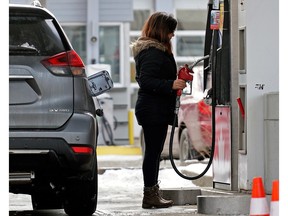
Article content
OTTAWA • Doubling the rural carbon tax rebate will give rural New Brunswickers an extra $15 million back in rebate cheques this year, with a quarter of that money flowing in April.
And with nearly all of the province considered rural, nearly everyone will benefit.
But it does come at the expense of the province’s small businesses, who are seeing their share of carbon tax revenue cut, as well as the only two areas considered urban in the province – Moncton and Saint John.
The new details on the rural carbon tax rebate cheques come in a newly released financial analysis by the Parliamentary Budget Officer in Ottawa.
It finds that doubling the rural top-up rate would increase rural supplement payments by $345 million across the country in 2024-25, rising to $647 million in 2030‑31.
That’s $15 million to $18 million in New Brunswick.
Where that money is coming from is now clear.
The Trudeau government announced last October that it would be doubling the carbon tax rural rebate from 10 per cent to 20 per cent, beginning in April.
The Parliamentary Budget Officer then released in November a report on what that would mean in each province.
But it did so on the assumption that the base fuel charge rebate cheques, the payouts everyone gets regardless if they live in an urban or rural area, would not be impacted by the increase in the rural supplement.
Now, in a revised report released this week, the budget officer says the feds have since clarified that the rural supplement will be funded out of proceeds collected within a province based on a new allocation structure for returning proceeds.
Under the new allocation structure, 93 per cent – up from 90 per cent – of federal fuel charge proceeds collected in a province will be returned to households.
That includes the rural rebate top up.
Now, just five per cent, down from nine per cent of the proceeds, will be returned to small business, and a remaining two per cent, up from one per cent, will be returned to Indigenous governments.
In New Brunswick, that means there will be a $12-million cut to the carbon tax dollars businesses receive in the year ahead.
Meanwhile, First Nations will get an extra $3 million.
The budget officer adds that in provinces where a relatively large population resides outside of a census metropolitan area, the doubling of the rural top-up rate is also partially funded through a reduction in base cheque amounts.
That’s true in New Brunswick, the new report finds.
Base carbon tax rebate cheques would be a combined $6 million higher across New Brunswick if the feds didn’t double the rural rebate, according to the budget officer.
For the majority of New Brunswickers, that doesn’t matter as they will share in the extra $15 million the officer says they will gain under the new formula.
But it does matter to the two regions in the province that currently count as a census metropolitan area under the regulations: The CMA of Saint John, which includes Quispamsis, Rothesay, Grand Bay-Westfield, Hampton and Kingston, and the Greater Moncton Area, including Riverview, Dieppe, and Memramcook, do not qualify for the rural rebate.
It means residents there will get less in a rebate than they otherwise would have.
What it means in actual dollars
The feds have already announced the actual dollar amounts New Brunswickers will receive through quarterly carbon tax rebate cheques this year, an amount that’s higher from last year as the federal government will collect more money in proceeds with the cost of the carbon tax going up.
It means $190 quarterly for a family of four and $95 for individuals in New Brunswick, beginning with a first cheque in April.
That’s $760 for a family of four over the next year, and $380 for individuals.
It’s a figure that increases to $912 for families and $456 for individuals who live in rural areas.
On April 1, the price on carbon goes up again from $65 a tonne to $80 a tonne in provinces where the federal backstop applies.
It will add 17 cents a litre to the price of gas, up from a current 14.31 cents per litre.






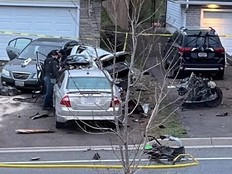
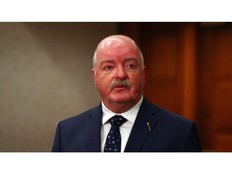
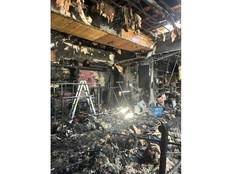
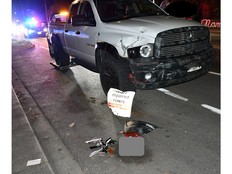
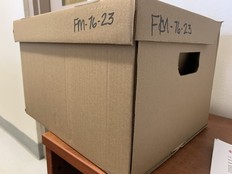

Postmedia is committed to maintaining a lively but civil forum for discussion. Please keep comments relevant and respectful. Comments may take up to an hour to appear on the site. You will receive an email if there is a reply to your comment, an update to a thread you follow or if a user you follow comments. Visit our Community Guidelines for more information.